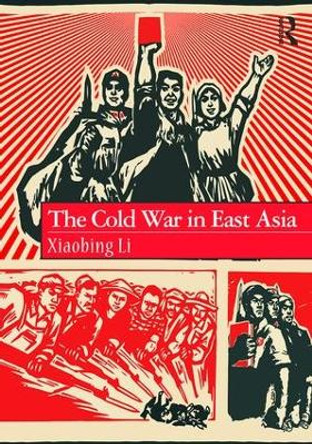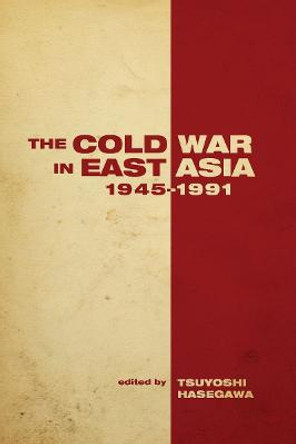Description
Eisenhower's mutual security policies were vital in building local allies, and by the end of the 1950s, East Asia was beginning a long period of growth that would make it the economic heart of the world within fifty years. American policies that created close ties and involvement in the affairs of allied nations also constrained allies, such as Chiang Kai-shek in Taiwan, and Syngman Rhee in South Korea, who often sought to take direct action against the PRC. The heavy role of American military advisors and experts "on the ground" in East Asia also profoundly shaped the character of these nations, all of which were emerging from war, by putting massive resources into the government administration and military forces of newly formed states. With an assertive China using its growing political and military power throughout East Asia, contemporary U.S. security challenges are similar to the situation faced in that earlier contentious era. Eisenhower's policies from 1953 to 1961 clearly demonstrate an awareness of the possibilities for military, economic and political growth in East Asia, and the challenges of deterring Chinese (PRC) expansion during the early Cold War.
The views expressed in this publication are those of the author and do not necessarily reflect the official policy or position of the Department of Defense or the U.S. government.
About the Author
Eric Setzekorn is a historian with the U.S. Army Center of Military History and an adjunct faculty member at George Mason University and the University of Maryland, Global Campus. His most recent book, The Rise and Fall of an Officer Corps: The Republic of China Military, 1942-1955, was published in 2018.
Reviews
This important book describes Eisenhower's defense policies during his two presidential terms, especially his efforts in East Asia, focused on strengthening indigenous militaries rather than stationing U.S. troops in the region. This well-researched, carefully argued book is recommended to readers interested in U.S. national security problems and policies."-Bernard D. Cole is a retired Navy captain and Professor Emeritus of the National War College
"Today's policymakers should read Arming East Asia and apply its lessons to the problem of deterring China during this century. Eric Setzekorn's deeply researched study of Eisenhower's approach to building allies and their military power explains the enduring relevance of cost-efficient and sustainable deterrence strategies."-Robert Haddick, author of Fire on the Water, Second Edition: China, America, and the Future of the Pacific; Visiting Senior Fellow, Mitchell Institute for Aerospace Studies
"Eric Setzekorn's Arming East Asia addresses a major gap in the history of the U.S. military in the Cold War and specifically advisory missions in the Far East. Although some studies have covered American advisors in South Korea and South Vietnam, none have the comprehensive reach of this book."-David Hogan, U.S. Army Center of Military History
Book Information
ISBN 9781682478516
Author Eric Setzekorn
Format Hardback
Page Count 348
Imprint Naval Institute Press
Publisher Naval Institute Press
Weight(grams) 607g






